In Italy we have an internal fight among the cities that rightful (or not?) call themselves “the capital of truffles”. We stan for our Acqualagna, where we spent a funny day some time ago (remember our truffle hunt in our previous article ). We can say this, because nowhere else you can find so many different types of truffle throughout the year.
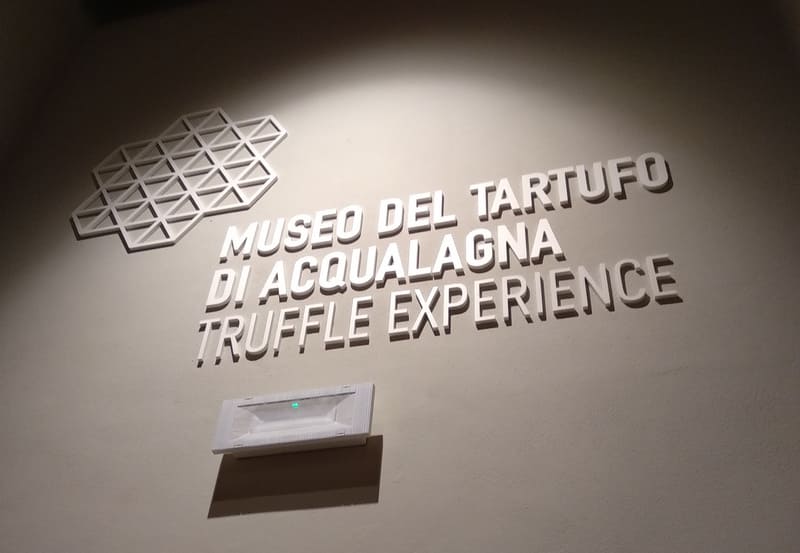
Of course, a truffle museum was needed! The perfect place for this was found in the building of Casa Conti on the Piazza of Acqualagna. At the end of the 19th century, the sculptor and painter Antonio Conti was commissioned to build a representative house. In 1982, the municipality of Acqualagna became the owner, giving the building a municipal function until the truffle museum was founded in 2018.
Around this time in November, the piazza in Acqualagna usually hosts the big truffle festival and sales fair, organized by the truffle strongholds Acqualagna, Pergola and Sant’Angelo in Vado. I can assure you, it is a real experience for your senses, especially the smell: you can detect truffles everywhere in the centre. But this year it was canceled due to Corona. So Isabelle and her husband Erik decided to explore the local truffle museum and they were not disappointed:
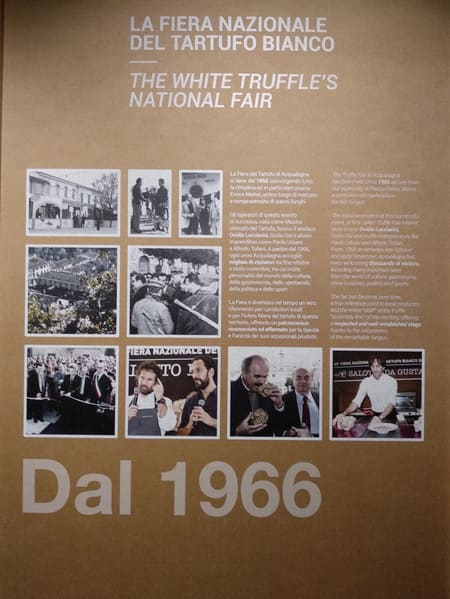
A little outside there is enough space for parking, because the piazza, which previously served as a parking lot inside the village, is now being transformed into a beautiful car-free zone!
Isabelle and Erik were apparently the only visitors and so they were able to browse the entire museum in peace. Even the first room was a pleasant surprise: a virtual theater with different screens and a wooden forest immersed them in the world of the truffle. The pictures spoke for themselves and so you didn’t need to understand the language at all. Nice start!
In the next room, panels and models of truffles explained in Italian and English the diversity of this mushroom, the different species and the environment in which they can grow. There were also odor samples that you could normally smell. But because of the Corona time, this was not possible for hygienic reasons.
The jobs such as truffle hunter, truffle dog trainer and blacksmith, all of which play an important role in the truffle harvest, were presented. Although Isabelle and Erik had already done a few truffle hunts, the explanations were very informative for them.
Then the two entered the hall, where the role of the truffle in history, art, literature and film was shown. Yes, there was even a film in a basement room with a fictional discussion by the composer Rossini and the writer Dumas about the differences between French and Marchigian truffles!
One room further we learned more about the processing of the truffles and what happens to these small, black jewels after the harvest.

Of course, the gastronomic aspect could not be missing: in a small multimedia room you could see various dishes from a truffle menu on a virtually set table: a truffle lasagna from the 18th century, a roast pheasant with truffles from the 19th century and from the 20th century a zabaione with truffles for dessert. Yes, truffles even for dessert!
After tapping the dish on the table, it was transformed into a cooking studio, where the preparation of the respective dish was demonstrated. Very nice and entertaining to look at!
The two were very impressed when they left the museum: modern, multimedial, understandable explanations in two languages and a very nice museum design! And the logo and the furniture are kept in the eccentric shape of a truffle. Complimenti!
Watching it made them hungry (is this what the museum’s organizers were hoping?), but unfortunately all of the local restaurants were fully booked. This is normal on Sundays in Italy – it would have been advisable to make a reservation. But the museum and the cozy atmosphere in town were definitely worth the trip.
More information about the museum can be found on its website. The entrance fee is 5 EUR per person.
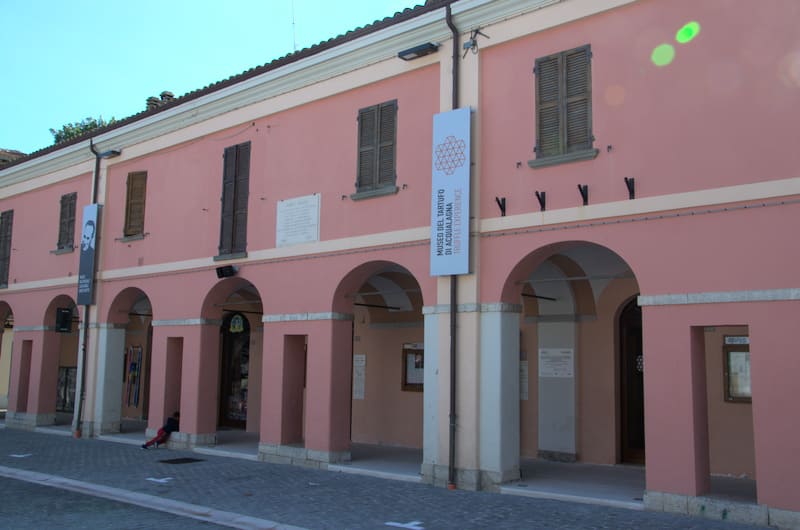
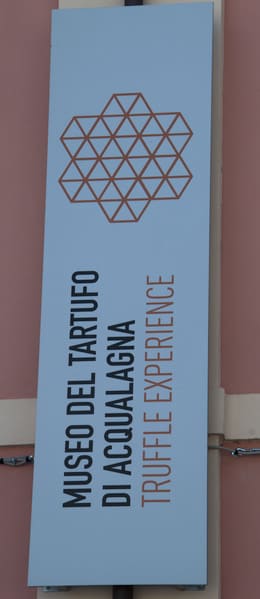
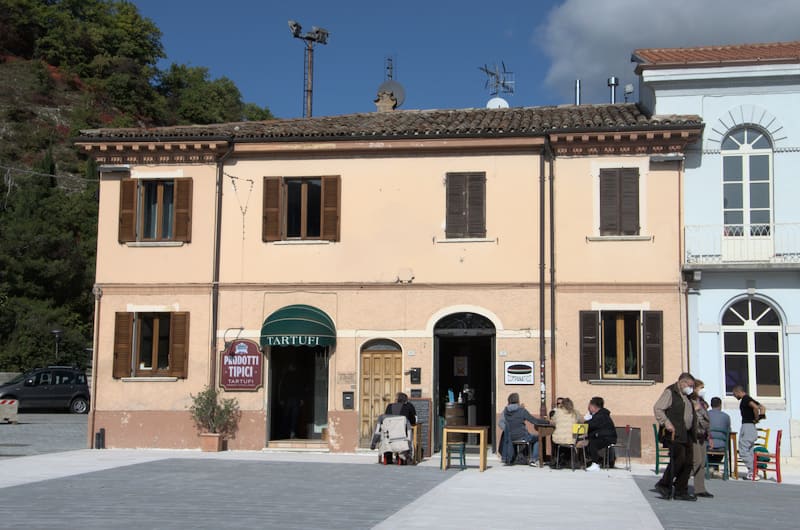
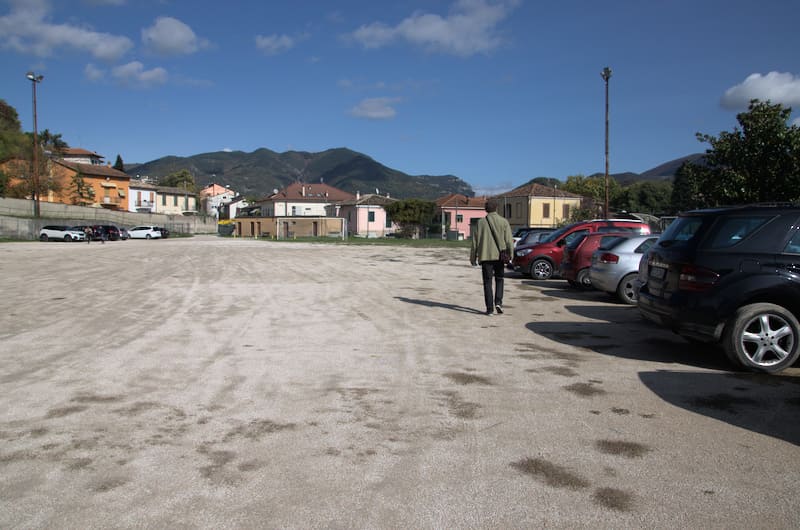
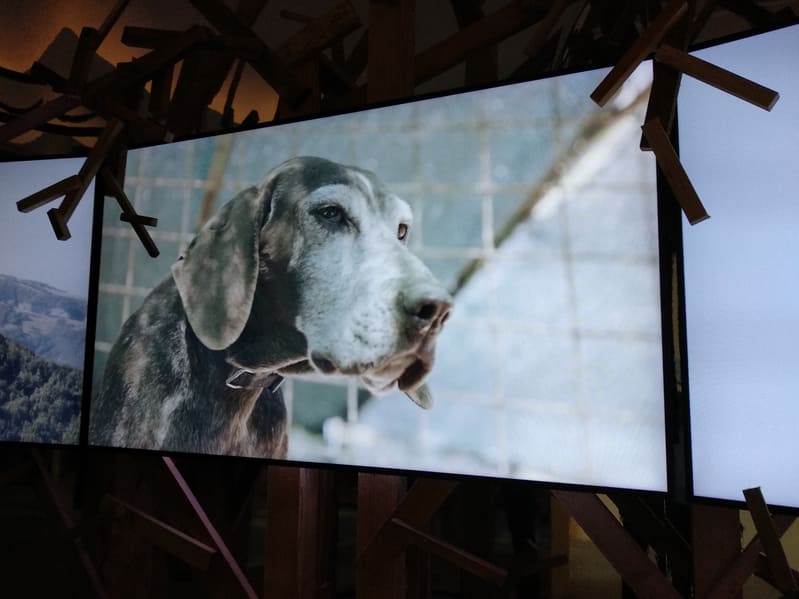

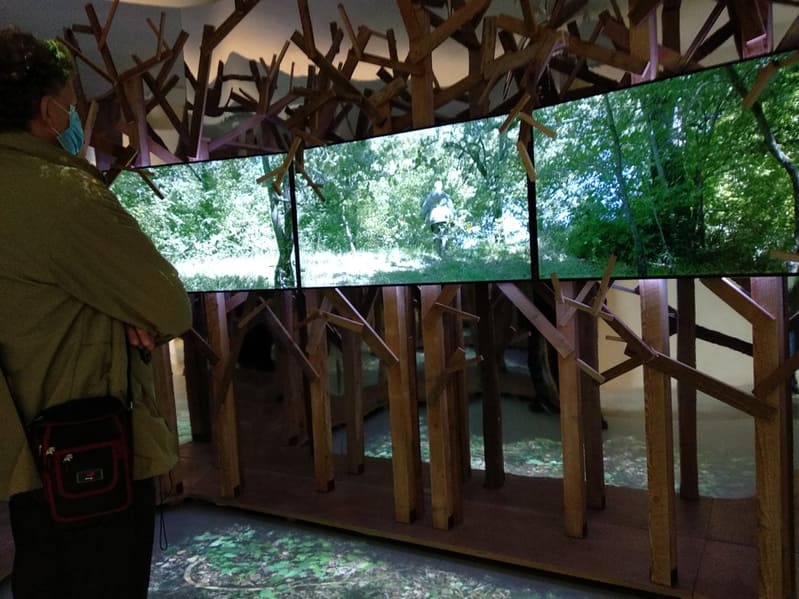


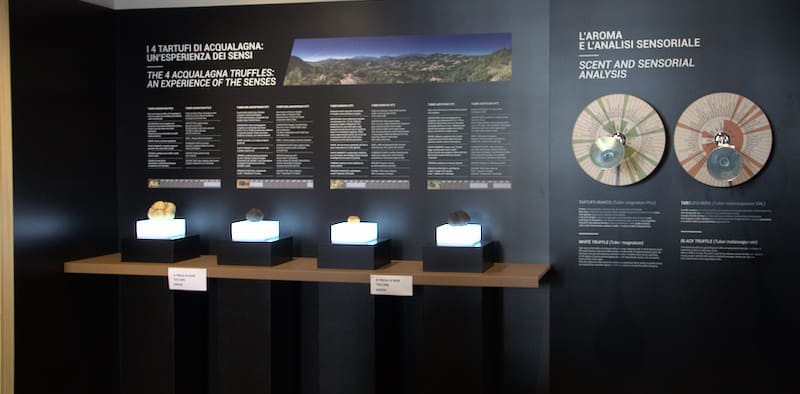

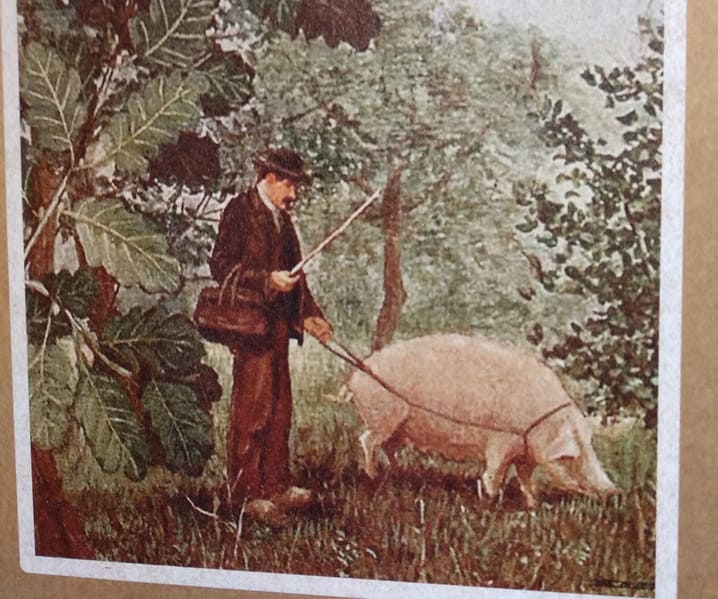
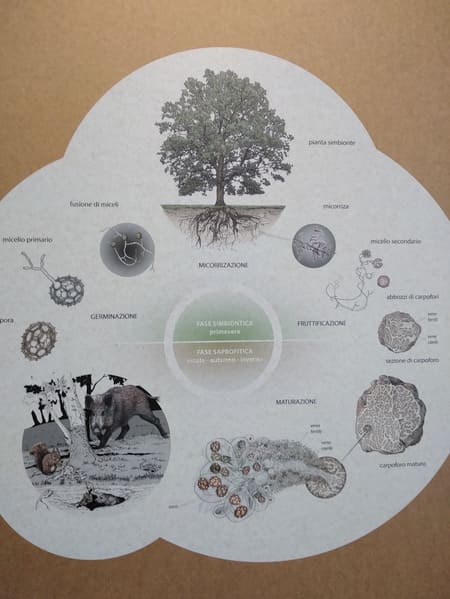


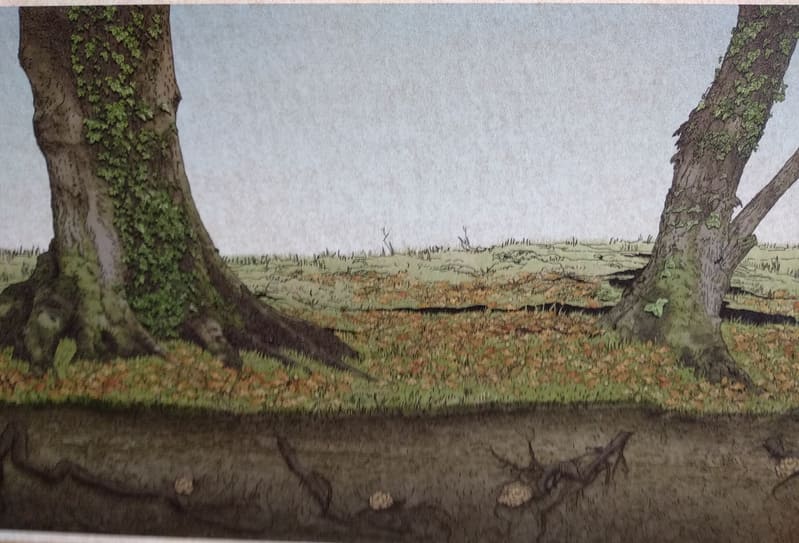

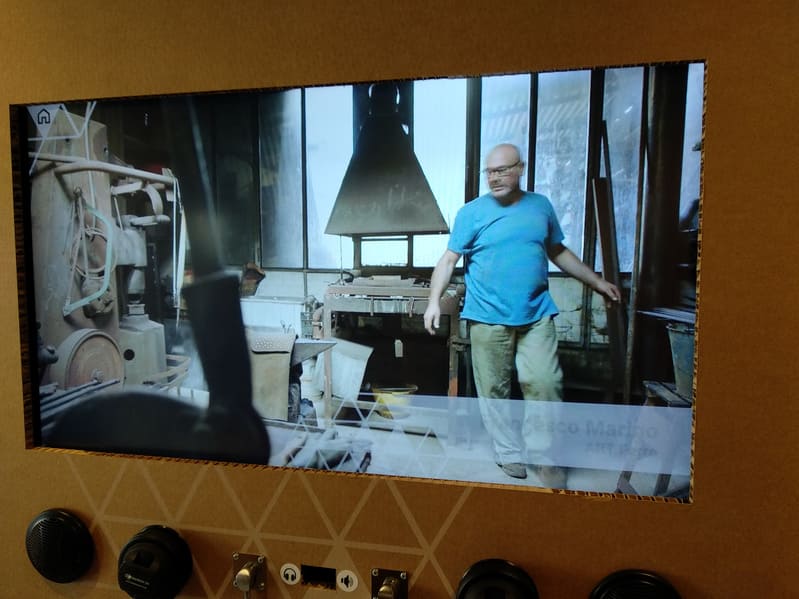


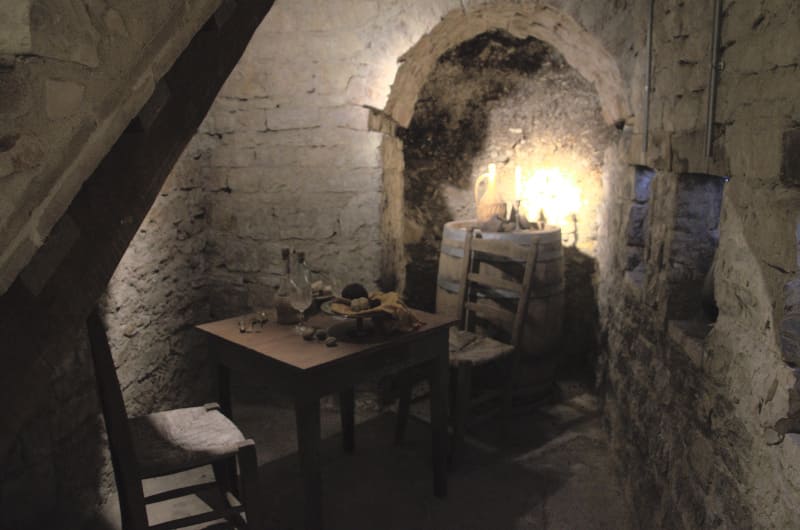
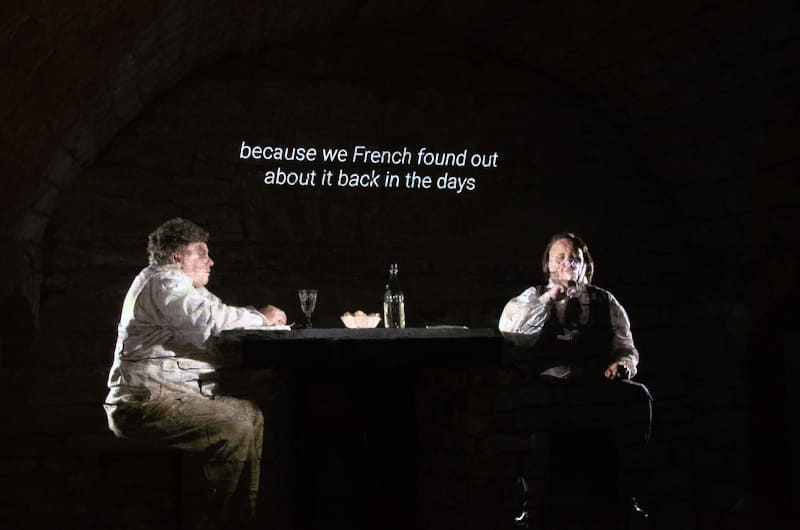
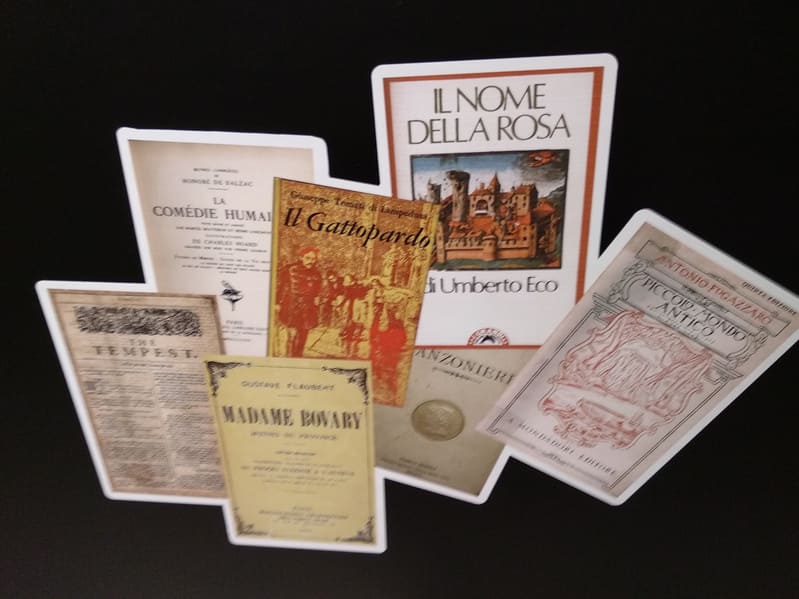
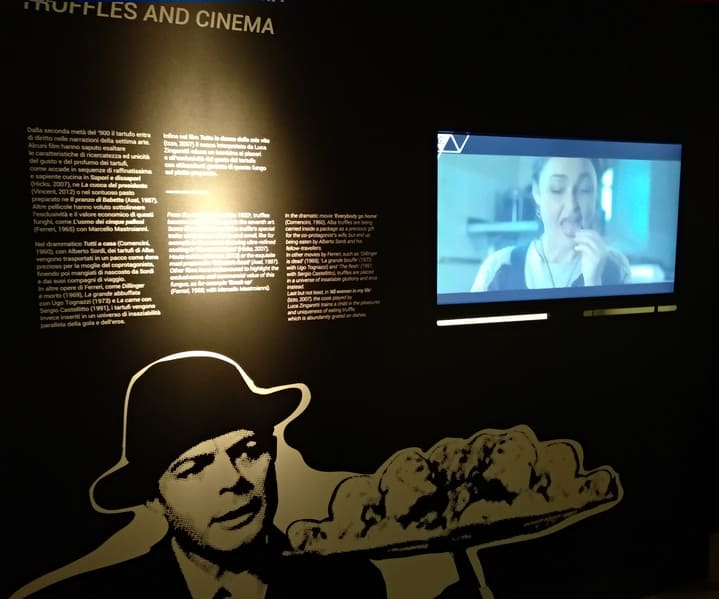
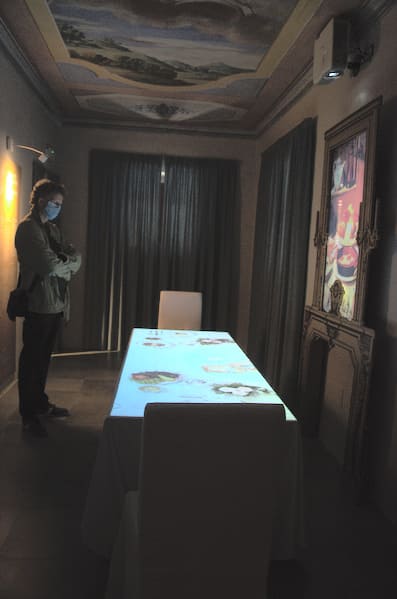


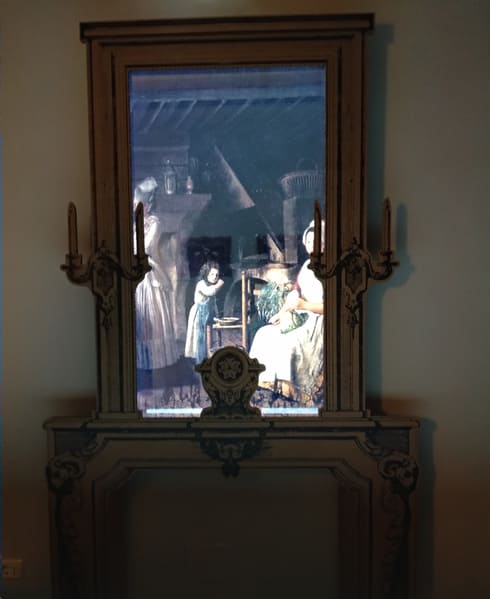
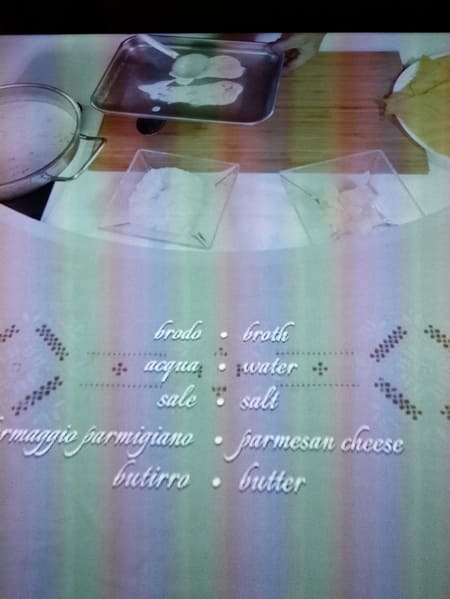
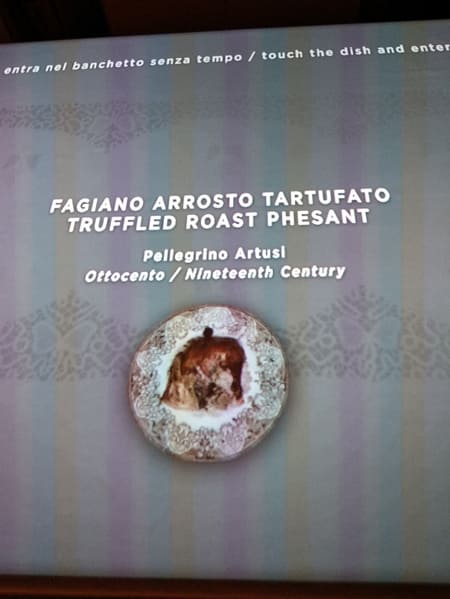
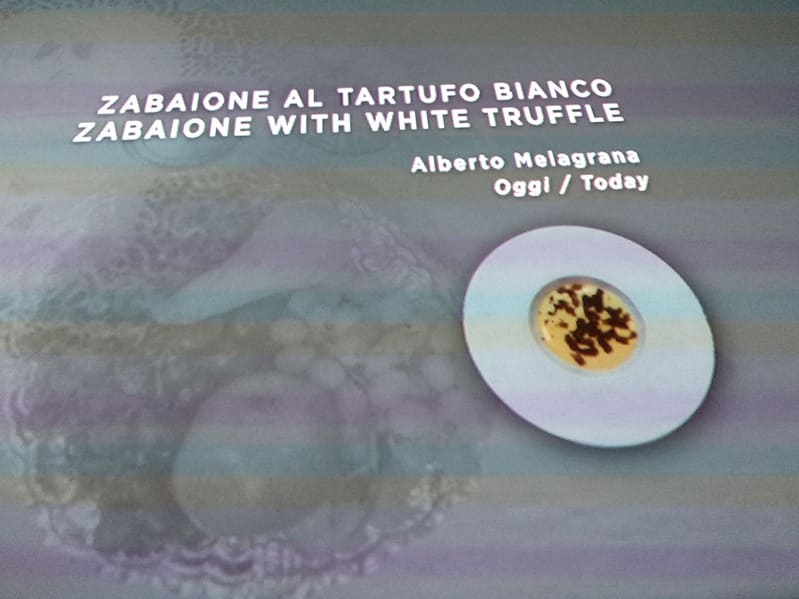
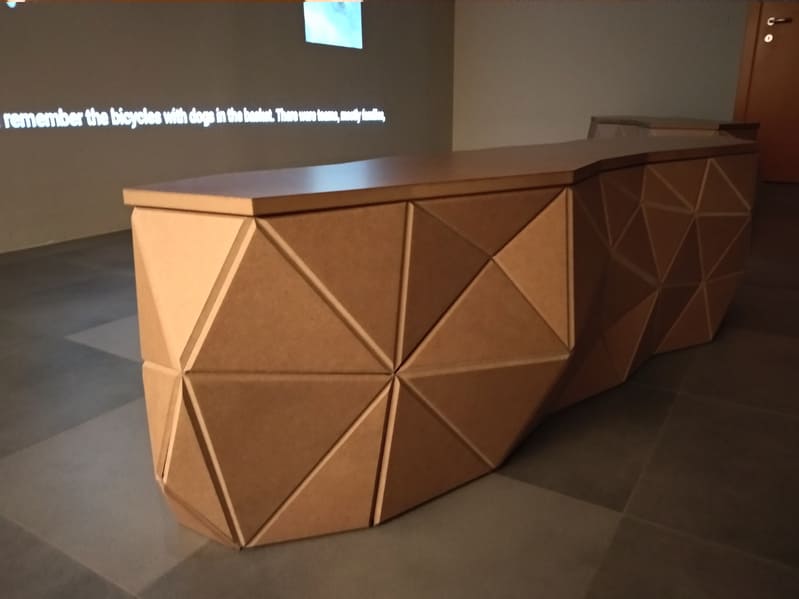
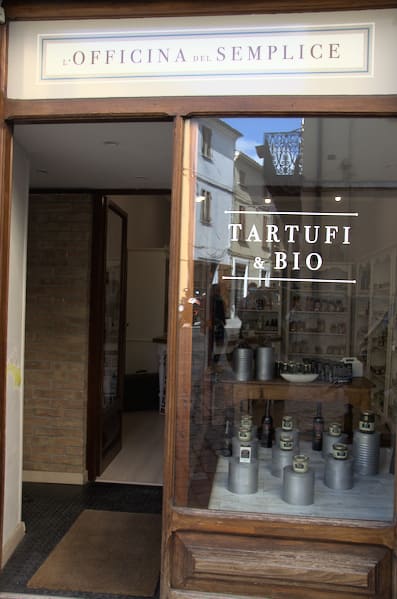
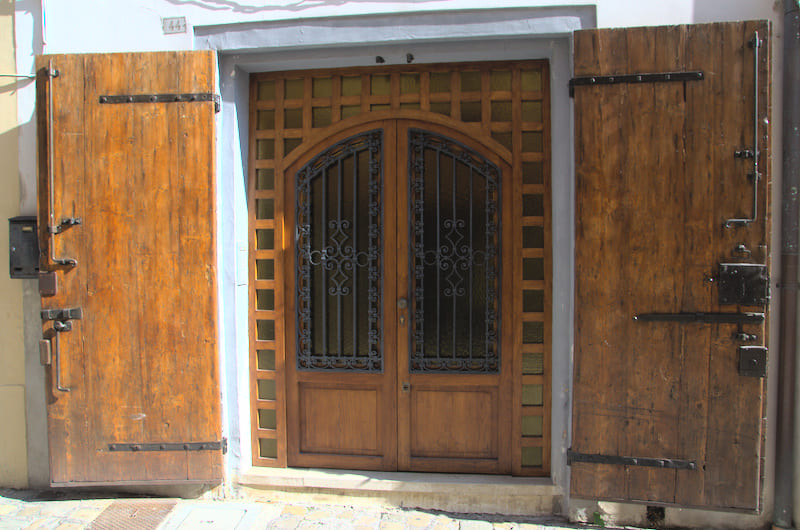

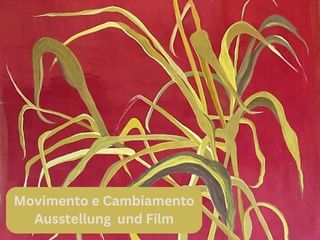
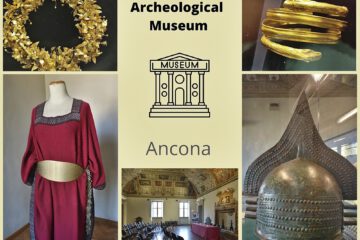
0 Comments